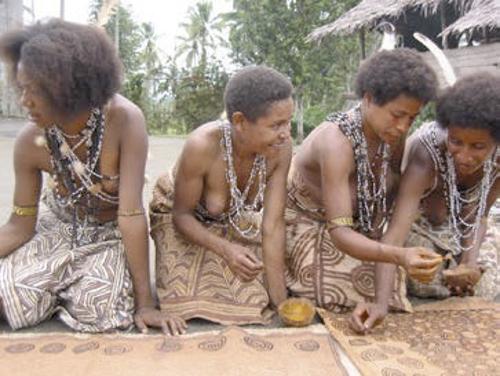
Predictable mutterings of 'dumbing down' have been levelled at the National Gallery of Victoria's Sneakers, an unashamedly populist exhibition that tackles the rise of the phenomenon of sport footwear. Crusty defenders of the high aesthetic ground will doubtless call upon Nike to aid them in battling this abomination; the rest will fasten her velcro straps and get on down.
It's taken well over a century to get to this stage. Rubber-soled sports shoes were being dubbed 'sneakers' as far back as the 1870s, and the earliest design in the show, the 'Converse All Star High', dates from 1917, though the example on display was made in 2006. This is worth noting: an article of applied design, predating the Bauhaus by a decade or so, is still a viable commodity. Perhaps it's that word, and the baggage that comes with it, that has ruffled the odd feather or shoelace: that the pieces exhibited are, for the most part, not unique. In some cases the production runs would number in the millions. In his catalogue curator Roger Leong notes that a limited edition may, however, be as few as fifty pairs. Rarer still are the one-off customised numbers, often commissioned by avid collectors.
A number of designers and customisers are credited, but most of the pieces on display do not bear the imprimatur of the creative folk involved. Despite this, or perhaps even because of it, this once most humble item of apparel has unleashed an extraordinary amount of invention. The stripped down, less-is-more approach that characterized much of the best of modern design is here clearly abandoned; it's a kind of high-tech baroque, with detail piled upon detail. In amongst all this, the pieces by designers such as Phillipe Stark and Mark Newson appear almost classical, each designer taking a single motif and elegantly working it up. Elegance is definitely not what most of their peers are after. More like loud.
What has prompted all this? There appears to be no single factor, rather a multitude. The rise of basketball as a national sport in the United States, and the linking of celebrity athletes to highly competitive brands is one. Another is the role of youthful social subsets, especially in the US, in spearheading taste and fashion. The graffiti art, hip hop, skateboarding scenes have fed into the work of a new generation of designers, along with sci-fi costume design, pop art, manga and the like.
A cashed-up young market helps too: one's footwear can define social status, fashion consciousness and general all-round hipness. The sort of thing that automobiles do, but at a fraction of the price, and without the design lag time or development cost to the manufacturer. In this hothouse competitors vie to produce the showiest orchid, with names to match, such as the Reebok 'Shaqnosis', strongly suggestive of Bridget Riley on acid, or the Fila 'Monster Goos', which takes its cues from the Ducati 'Monster', including the motorcycle's tubular framing. And the intellectual traffic is by no means one way. Recent developments in automotive and architectural design show texture contrasts and patterns that owe a debt to the sneaker labs.
Those who question the probity of mounting such a show may be answered by the viewer numbers and response. Very few moving through the small, darkened rooms remained neutral. Groups covering three generations debated the merits of their favourites. Which draws attention to the foot-ware choices of the viewers themselves, revealing another aspect of the sneaker phenomenon: despite all the design machismo, this is apparel that has general appeal to both sexes, of all ages. The unisex dream of the '60s lives on; its just been turbocharged a little.












